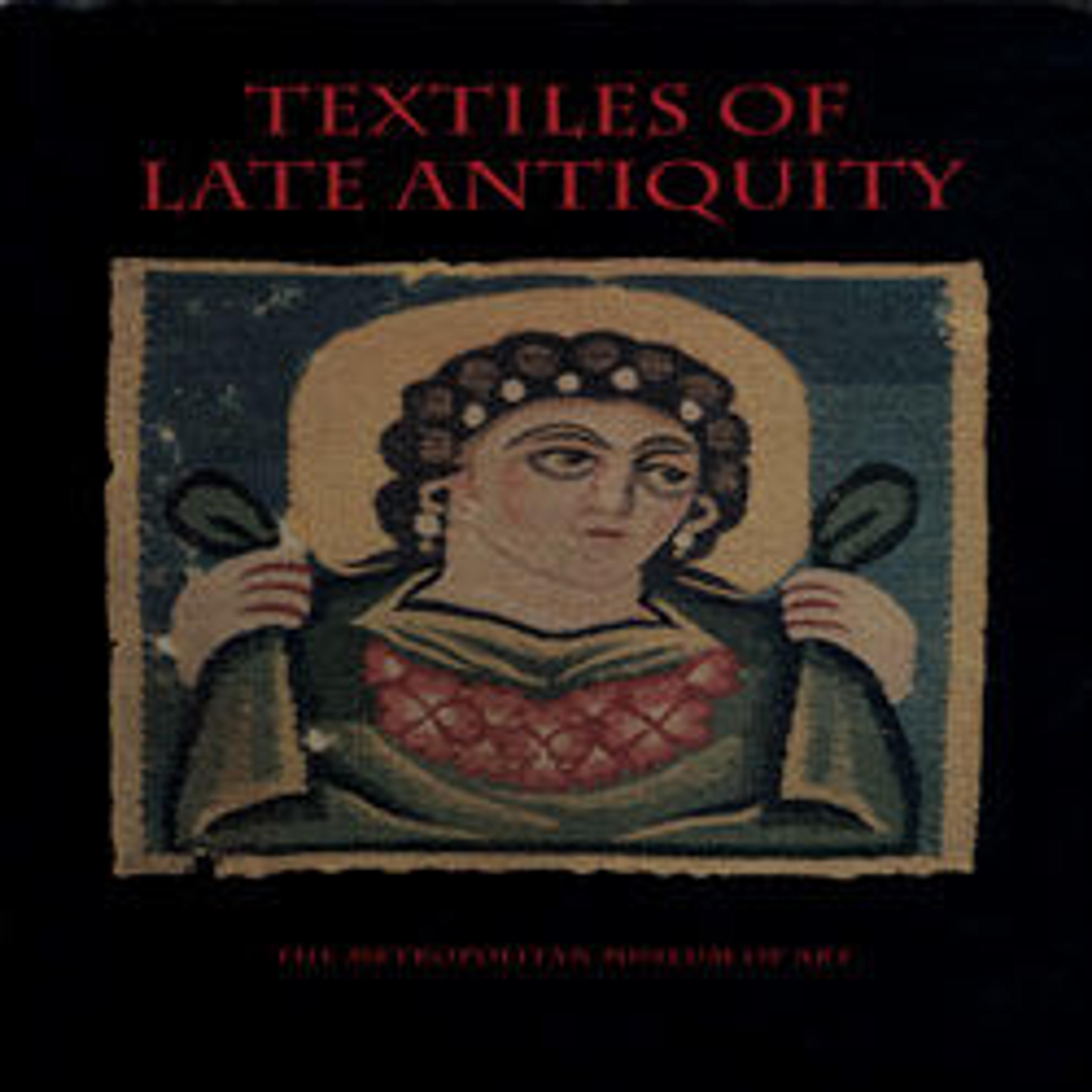Tunic
Tunics, usually worn in layers, were the standard dress of the Mediterranean world. Officials, nobles, and well-to-do citizens wore long ones with expansive long sleeves. The outer garment was embellished with woven, ornamented medallions and bands, called clavi. Here, dancing warriors possibly associated with Dionysos, the Greek god of wine, decorate the squares. Vine leaves and interlace patterns decorate the clavi.
Artwork Details
- Title:Tunic
- Date:probably 5th century
- Geography:Said to be from Egypt, Akhmim (former Panopolis)
- Medium:Linen, wool
- Dimensions:H. 66 1/2 in. (169 cm)
W. 55 in. (140 cm) - Classification:Textiles-Costumes
- Credit Line:Gift of Edward S. Harkness, 1926
- Object Number:26.9.6
- Curatorial Department: Islamic Art
More Artwork
Research Resources
The Met provides unparalleled resources for research and welcomes an international community of students and scholars. The Met's Open Access API is where creators and researchers can connect to the The Met collection. Open Access data and public domain images are available for unrestricted commercial and noncommercial use without permission or fee.
To request images under copyright and other restrictions, please use this Image Request form.
Feedback
We continue to research and examine historical and cultural context for objects in The Met collection. If you have comments or questions about this object record, please contact us using the form below. The Museum looks forward to receiving your comments.
